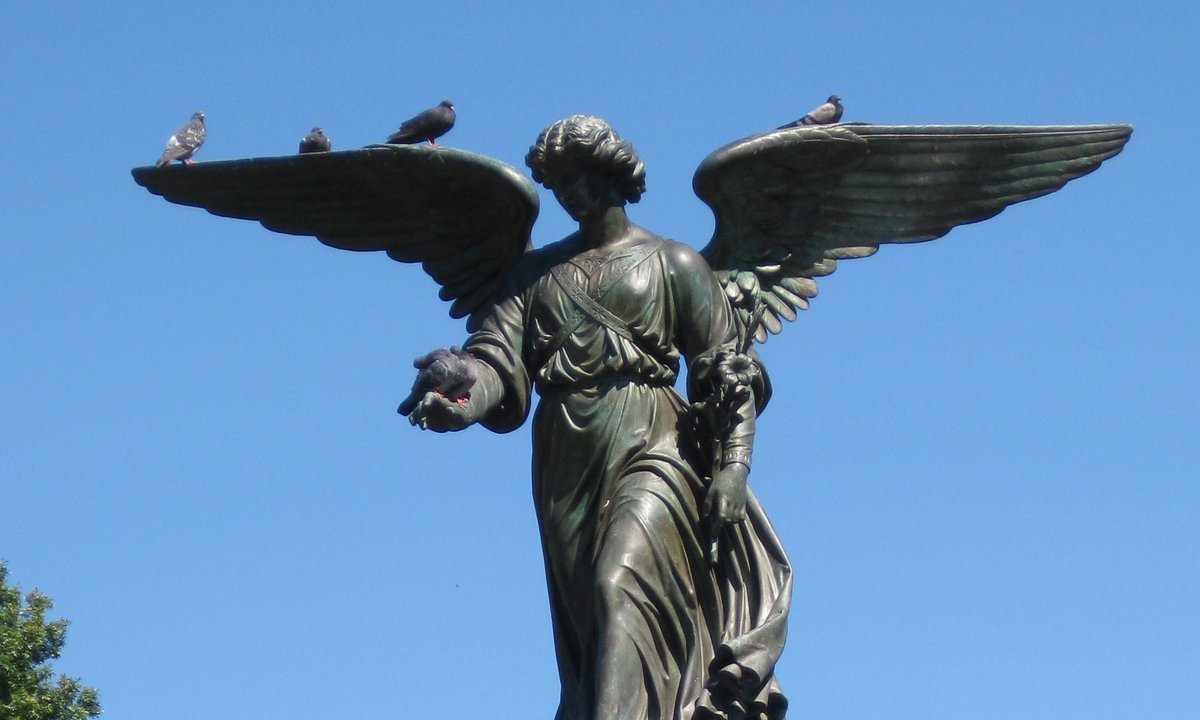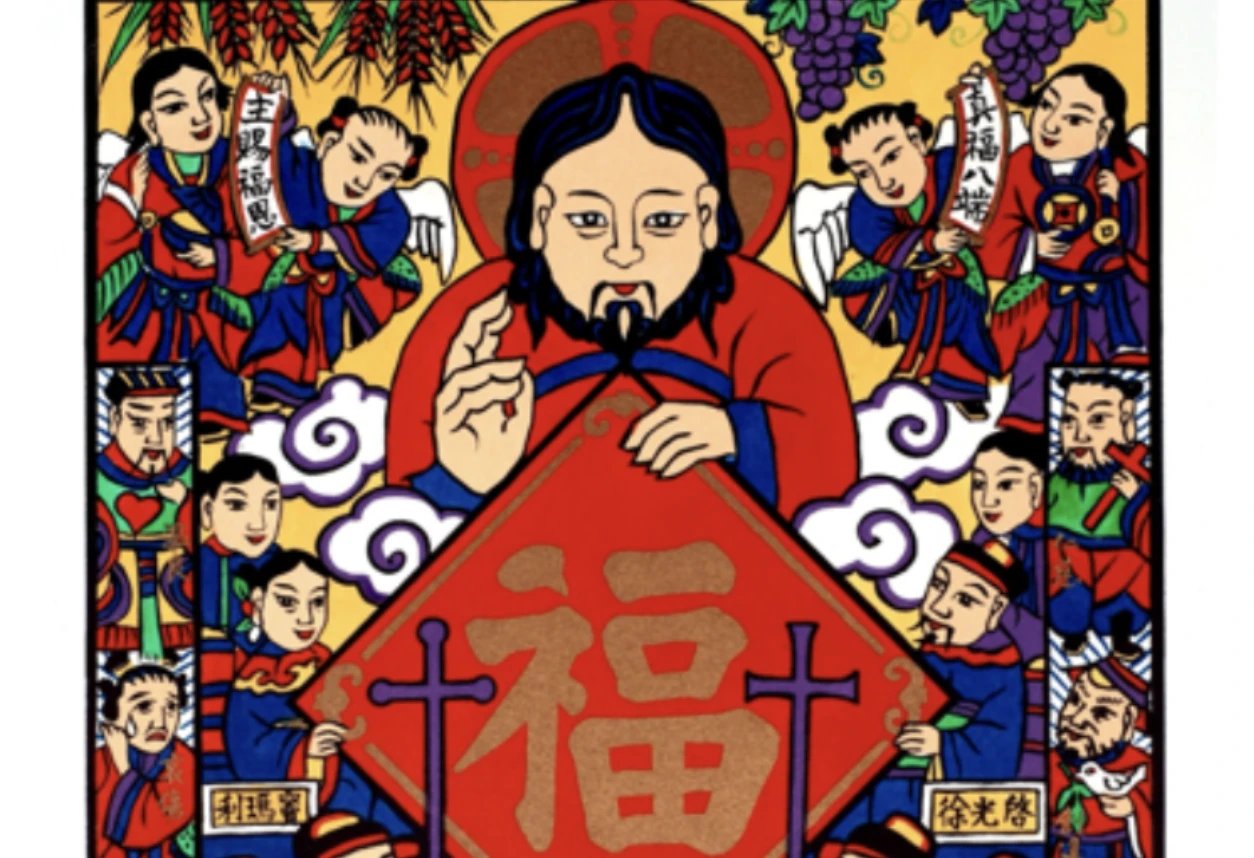
Jose Gonzalez-Campelo/The Cougar
Over the past year or so, the use of generative AI art has become a hot topic online, sparking debates on the ethicality of AI creations from both a marketing and personal standpoint.
One of the consequences of the recent surge in AI art is an influx of jarring advertisements created by AI. These ads are not only ineffective, but take opportunities from actual human artists.
To give an example of an AI generated ad, take Popcorners, who posted an ad on X this month with an image that is clearly artificially generated, given the uncanny visual of a woman with teeth jutting out of her lip, and left viewers disturbed.
The comments on said post are mostly condemnation, pointing out the various unsettling details and threatening to boycott the company. At least in this instance, it’s clear that the average viewer doesn’t support the use of AI imagery, and would much rather see real art or photography in advertisements.
Despite this, this isn’t the only example of advertisers using generative AI rather than hiring an artist. Just last year, a promotional poster for the second season of Disney show Loki garnered controversy for its clear AI elements.
This isn’t the first time Disney in particular has used generative AI either. The opening credits for Secret Invasion came under the same scrutiny upon release, as the blatantly AI generated sequence could have easily been replaced by proper animation, given the amount of money companies like Disney make every year.
In addition to robbing human artists of potential job opportunities, AI art steals from artists themselves in the way that it’s created. If you’re unfamiliar with how AI generation works, it essentially cobbles together assets from datasets of human creations.
This is often done without consent from the artists within these datasets, and results in an off putting amalgamation of several creators’ genuine work. Whether it’s meant to mimic photographs, drawings or otherwise, to put it simply, it’s theft.
Even looking aside from the clearly unethical practice of stealing from already established artists, there have already been cases of AI advertisements misleading an audience.
Take the disastrous Willy’s Chocolate Experience from this year for example. The event, which happened in Glasgow back in February, was advertised as an immersive experience for families, and turned out to be a bleak showing in a warehouse with crappy props and actors that were just as confused as the guests.
When the event was advertised, its website was laden with AI imagery with wonky lettering and misspelled promises of enriching entertainment and a paradise of sweet treats. While, in this instance, hiring an artist to create ads would not have helped the actual content of the affair, the images used to promote it just go to show how bizarre AI generated art looks, and how deceptive it can be.
When it comes to creative expression, there is no replacing human hands. It’s, in the words of Hayao Miyazaki, “an insult to life itself,” to attempt to substitute a real, working artist with a machine. AI art, especially in advertisements, is jarring and misleading and judging by just about every comment section under a clearly AI generated piece, audiences don’t want to see it.
Parker Hodges-Beggs is a journalism sophomore that can be reached at [email protected]






